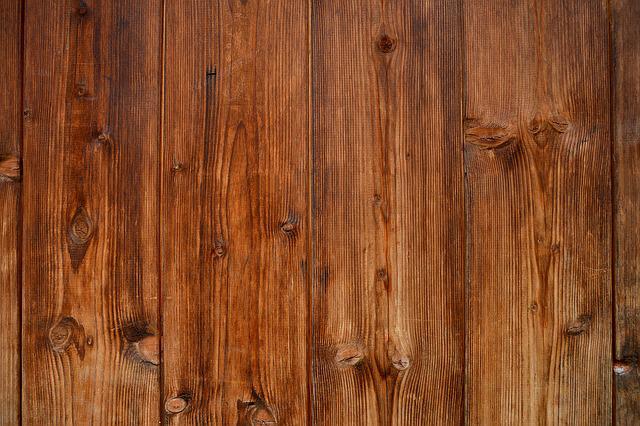
Woodworking is something that must be learned over time. Even though it might seem challenging to someone who is new to this skill, the more you learn and practice the better you will get. One of the most important things you can do to get better at it is to educate yourself. You have to learn some of the best tips on woodworking and then do your best to apply the things you’ve learned. Here are some tips to get you started.
Use a pre-stain wood conditioner before staining the wood. These conditioners will make the finished project look better. The conditioners will help smooth out the wood and facilitate even staining.
Consider making your own sanding blocks that are reusable. Start by cutting six blocks from scrap 3/4″ plywood for every sandpaper grit you generally use. Be certain they are approximately 2 1/2 inches by 4 1/2 inches. You can secure the sandpaper better with an adhesive. Cut the sandpaper with a utility knife to better fit your block. Put glue on the sandpaper and apply to the cork. Fnally, make sure you cut sandpaper flush with the cork, and label every block.
Before staining your project, test the stain in a hard to see area, or, better yet, on a piece of scrap wood of the same type. By doing this, you can prevent unwanted surprises in the event that the stain color turns out differently than you expected. Wood and stains can surprise you, so test things out before you put it on the final project.
For crosscut guides use a stair gauge. Clamp them to your carpenter’s square, and make sure they match your stair jack’s rise and run. Then put a mark on the notches. Putting them both on the carpenter’s square’s tongue will make an excellent guide for your circular saw.
Your workbench height is important. You can find it by measuring the how far it is from the floor to your waist. This lets you know what the best height is for your workbench.
Test your stains on scraps of wood or inconspicuous areas of the piece you’re using. This makes sure that you won’t run into any surprises. Because wood tends to be fickle, mistakes can be avoided by testing it out beforehand.
All woodworking shops need stair gauges. These gauges are used to lay out stair jacks but they are also very useful if you need something to clamp a carpenter’s square. Doing so converts the carpenter’s square to a tool that can be used with a circular saw. If you use the square as a guide, your cuts will be straight every time.
Make sure that you have the proper ear protection. Woodworking machinery is very noisy. If you ignore this and don’t use protection, you can easily find yourself with some hearing loss before you know it. You can buy disposable plugs for your ears, or get a good pair of headphones. Use them every time you use a machine.
Look for furniture on the side of the road. Often, you can find pieces of wood furniture that are free of charge or very cheap. Consider any and all pieces. Maybe the dresser might be too short for the hope chest, but a simple rearranging of the drawers could turn the piece into something artistic.
You ought to attempt dry fittings before putting glue on the wood to piece things together properly. You don’t want any surprises when you do actually have to apply the glue. You’ll be prepared. A dry-fit will give you a good idea of what components go where.
As stated in the above article, anyone can learn the art of woodworking. All it takes is a little research and a lot of practice. You can become a better woodworker by putting these tips to good use.